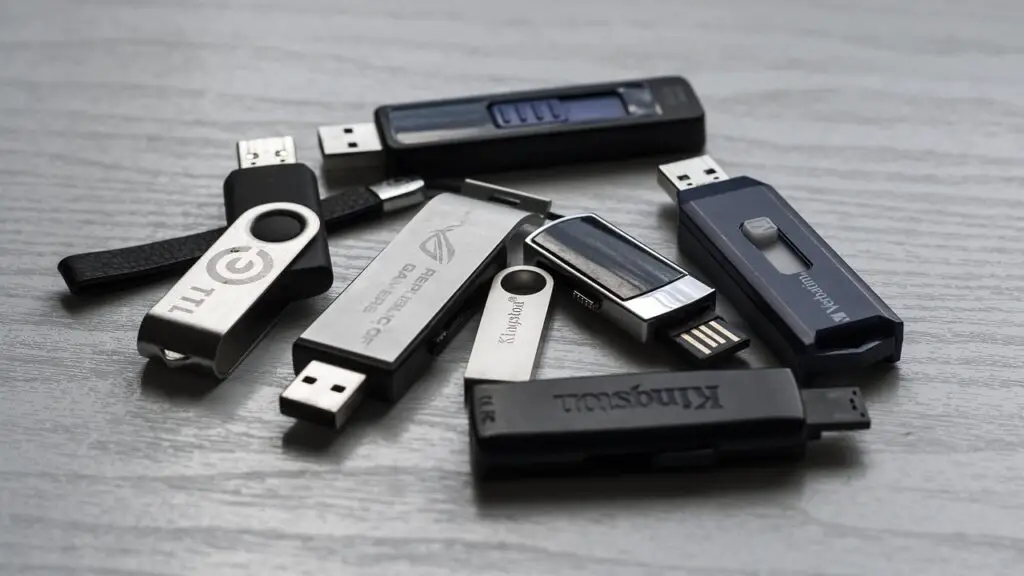
One essential tool for setting up or fixing Windows computers is a bootable USB device. On the other hand, an unprotected USB drive may be susceptible to data theft and illegal access. Your bootable USB will be more secure if it is encrypted, allowing only authorized users to access its data. This tutorial will show you how to use programs like Rufus, BitLocker, and VeraCrypt to build a secure, encrypted USB for Windows.
Prerequisites
Before getting started, ensure you have the following:
- A USB flash drive (at least 8GB recommended)
- A Windows ISO file (create bootable USB from ISO)
- A Windows or Linux system (create a bootable USB Linux for Linux users)
- Tools: Rufus, BitLocker, VeraCrypt, or Windows Media Creation Tool
Step 1: Creating a Bootable USB for Windows
Method 1: Using Rufus
Rufus is a well-liked program for making USB drives bootable. Follow these steps:
- Download and install Rufus.
- Insert your USB drive.
- Open Rufus and select your USB drive.
- Click Select, then choose the Windows ISO file (create bootable USB Windows 10 or create Windows 11 bootable USB).
- Configure Rufus:
- Partition Scheme: Choose MBR (for older BIOS) or GPT (for UEFI).
- File System: Use NTFS or FAT32.
- Image Option: Select Standard Windows installation.
- After selecting Start, watch for the procedure to finish.
Method 2: Using Windows Media Creation Tool
Microsoft’s Media Creation Tool can also be used:
- Download the Windows Media Creation Tool from Microsoft’s website.
- Run the tool and select Create installation media for another PC.
- Choose USB flash drive and follow the prompts.
- Await the creation of your bootable USB by the tool.
Method 3: Creating a Bootable USB on Mac
For Mac users:
- Download the Windows ISO.
- Open Terminal and use the dd command to create the bootable USB.
- Alternatively, use tools like Balena Etcher (create bootable Windows 10 USB on Mac).
Method 4: Using Command Prompt (Diskpart)
- Open Command Prompt as Administrator.
- Type diskpart and press Enter.
- Enter the following commands:
Copy Disk Commands
list disk
select disk X (Replace X with your USB number)
clean
create partition primary
select partition 1
format fs=ntfs quick
active
assign
exit
- Copy Windows installation files manually.
Step 2: Encrypting the Bootable USB
Once you have created a bootable USB, it’s time to encrypt it for security.
Method 1: Using BitLocker (Windows Only)
- Insert the bootable USB into your computer.
- To activate BitLocker, right-click the USB drive and choose Turn on BitLocker.
- Choose Use a password to unlock the drive.
- Enter and confirm a secure password.
- Save your recovery key in a safe place.
- Select Encrypt entire drive and choose Compatible Mode.
- Click Start Encrypting and wait for the process to finish.
Method 2: Using VeraCrypt (Windows & Linux)
- Install VeraCrypt and open the software.
- Click Create Volume > Encrypt a non-system partition/drive.
- Select your USB drive and click Next.
- Choose Create encrypted volume and format it.
- Select encryption algorithm (AES recommended) and set a strong password.
- Format and encrypt the USB.
Step 3: Advanced Secure Bootable USB Setup
Creating a Custom Answer File for Windows 11
To automate installation, you can create bootable USB Win11 ISO with a custom answer file:
- Use Windows System Image Manager (SIM) to create an Unattend.xml file.
- Add configurations like automatic user creation and partition settings.
- Save the file in the Sources folder of your bootable USB.
Making a Bootable USB for Unraid
For those using Unraid, you can create an Unraid bootable for USB Rufus:
- Download Unraid OS.
- Use Rufus to create a bootable USB.
- Follow Unraid’s setup instructions.
Step 4: Testing and Using the Secure Bootable USB
- Insert the USB into a test PC.
- Restart and enter BIOS (press F2, F12, DEL, or ESC during boot).
- Choose the USB drive to be the main boot device.
- Verify that the encryption is working.
- To back up your bootable USB, you can create ISO from bootable USB.
Step 5: Troubleshooting Common Issues
- USB not booting? Ensure you selected the correct partition scheme in Rufus (GPT/UEFI or MBR/BIOS).
- Encrypted USB not detected? Check BIOS settings and enable Secure Boot.
- Need to reinstall Windows? Use the create bootable USB from Windows 10 method for a fresh install.
Closing Remarks
Creating a bootable USB for Windows is easy, but securing it with encryption ensures your data stays protected. Whether you use BitLocker, VeraCrypt, or a custom Win11 ISO, adding encryption is a crucial step. Always keep backups and ensure your encryption key is stored safely. By following this guide, you can confidently create and use a secure bootable USB for Windows.
AI researcher and data scientist specializing in deep learning and neural networks.
